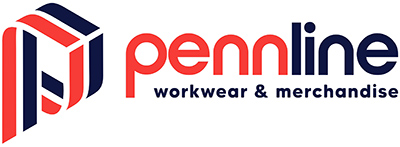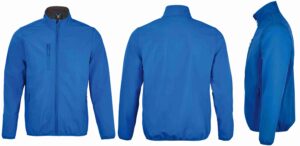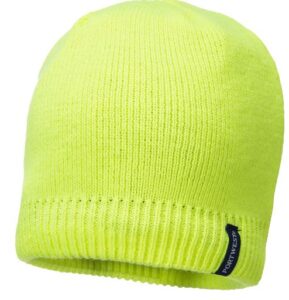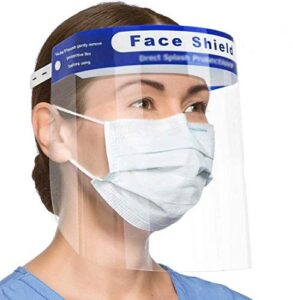 The safety and wellbeing of employees should be the number one priority for any organisation.
The safety and wellbeing of employees should be the number one priority for any organisation.
In industries where employees are exposed to particular risks, for example head injury from static or falling objects, stringent safety standards exist to ensure that any personal protective equipment (PPE) supplied into these industries is fit for purpose and will ensure wearers receive the level of protection they require.
In the case of helmets, the primary standard applied to their design and performance is called EN397. There are four elements to this standard, all of which must be adhered to before a helmet can be sold as an item of genuine PPE:
- Impact: In tests, a 5kg weight is dropped from a height of 1 metre; the energy from this impact must not spread to the wearer’s head. The test is performed at +50ºc and -10ºc to ensure there is no variance in performance in different extremes of temperature.
- Penetration: A pointed 3kg weight, dropped from 1 metre above the wearer, must not come into contact with the skull. Again, the test is performed at +50ºc and -10ºc, to ensure no softening or brittleness of the plastic material at extreme temperatures.
- Flammability: When removed from a source of fire, the helmet must not burn with flame emission for more than five seconds.
- Anchorage: The EN397 standard requires that the helmet is fitted with a chinstrap, or with the means of attaching one, via anchorage points located either on the helmet’s shell or the headband.
Another important factor, often overlooked , when considering the safety performance of a certified helmet is its shelf life. Plastics degrade over time, and a helmet is likely to suffer wear and tear via regular use, so the EN397 standard requires helmets to be changed every five years. The inner crown of EN-certified helmets will show the month/quarter/year of manufacture, so anything with a date prior to May/Q2/2013 should be replaced immediately.
Contact Pennline today for all your PPE requirements.














